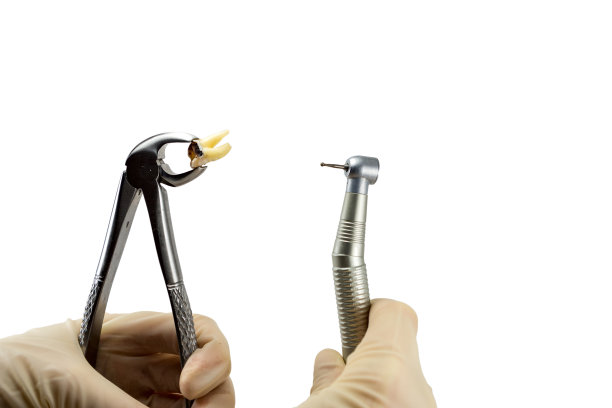Essential Guidelines and Precautions to Follow for a Successful Dental Filling Procedure and Recovery Process
Summary: Dental fillings are essential for treating cavities and restoring the functionality of teeth. However, to ensure a successful dental filling procedure and a smooth recovery process, it is crucial to follow specific guidelines and precautions. This article outlines the essential steps related to pre-procedure preparations, the procedure itself, post-operative care, and potential complications to be aware of. By adhering to these recommendations, patients can enhance their comfort and enhance the success of their dental treatment.
1. Pre-Procedure Preparations for Dental Filling

Before undergoing a dental filling procedure, preparing adequately is crucial in ensuring a smooth experience. First and foremost, it is imperative to maintain open communication with your dentist. Discuss any concerns, symptoms, and medical history that may impact the procedure. Full disclosure will help the dentist tailor their approach to your individual needs.
Additionally, it is important to follow any instructions given by your dental professional leading up to the appointment. This may include dietary recommendations or the use of specific medications. Arriving well-prepared can make a significant difference in your overall experience.
Lastly, arranging for transportation, especially if sedation or anesthesia is involved, is an important aspect of preparation. Having someone available to assist you can alleviate stress and ensure that you are safe and comfortable once the procedure is complete.
2. Understanding the Dental Filling Procedure
During the dental filling procedure, understanding the steps involved can ease any anxiety you may have. Initially, the dentist will assess the affected tooth and potentially take X-rays to gain a complete view. After discussing the necessary treatment, the area will be numbed using local anesthesia, ensuring that you remain comfortable throughout the process.
Once numbness has taken effect, the dentist will remove any decay from the tooth. This step is crucial to ensure that the filling adheres properly and that the tooth is restored to its original health. After the dentist finishes cleaning the affected area, they will choose an appropriate filling material鈥攕uch as amalgam, composite resin, or porcelain鈥攁nd carefully apply it.
The final steps include polishing the filling and ensuring the tooths shape fits comfortably with your bite. Post-procedure, the dentist will advise you on the care of the filling, as well as the timeline for any follow-up appointments.
3. Post-Operative Care and Recovery
After receiving a dental filling, adhering to specific post-operative care guidelines can significantly affect the recovery process. Initially, it鈥檚 advisable to refrain from eating or drinking until the numbing wears off. This will prevent accidental bites to the cheek or tongue. Once you resume eating, stick to soft foods and avoid extremely hot or cold items for at least 24 hours.
Maintaining excellent oral hygiene after the procedure is essential. Gently brush and floss the filled tooth but avoid using excessive force that could disturb the filling. Regular dental check-ups will help monitor the fillings condition and ensure the overall health of your teeth.
If you experience any unusual symptoms, such as prolonged pain or sensitivity, consulting with your dentist immediately is vital. Swift action can prevent further issues and ensure that your recovery process is as smooth as possible.
4. Awareness of Potential Complications
While dental filling procedures are generally safe, being aware of potential complications is essential to address any issues that may arise promptly. One common concern is post-operative sensitivity, which can occur due to the filling material or irritation of the tooth. This sensitivity usually subsides within a few days but should be monitored closely.
Another issue could be the filling becoming loose or dislodged. If you notice any discomfort or if the filling feels loose, contact your dentist to address the issue before it leads to further decay. Additionally, staining or discoloration may occur with certain filling materials over time; regular dental check-ups can help detect these changes early.
Finally, allergic reactions to filling materials can occur in rare cases. If you suspect you have a reaction, including rashes or unusual pain, seek medical advice promptly to explore alternative materials or treatments.
Summary:
In conclusion, successfully navigating the dental filling process requires diligent preparation and awareness of the procedure, recovery, and potential complications. By following the guidelines outlined in this article, patients can minimize discomfort and improve the efficacy of their treatment.
This article is compiled by Vickong Dental and the content is for reference only.



